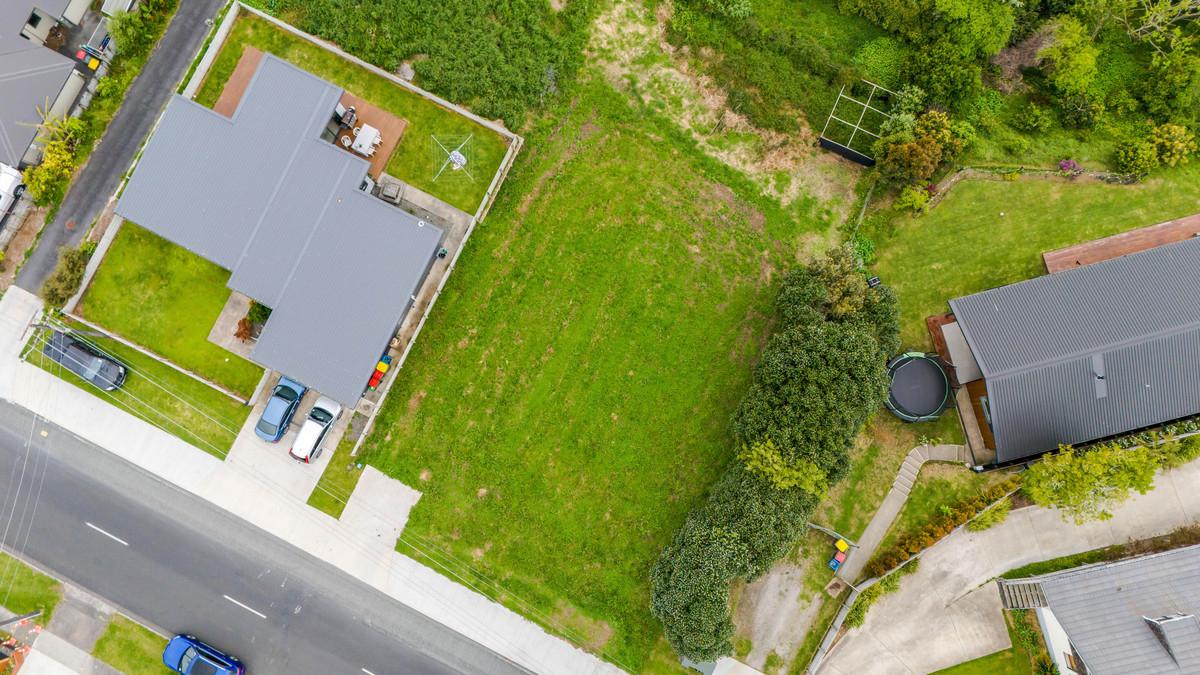Road Seal Downgrading Continues
Road Seal Downgrading Continues:
I've been fielding a number of queries about recent road resealing work around the area. A number of roads have been downgraded from smooth-seal (hotmix) to chip-seal without prior warning. You can see in the attached example letter, that while residents were told that their road would be resealed, they were not told that it would be changed to chip-seal. And because Auckland Transport use a smaller, poorer grade of stone than North Shore City used to use for chip-seal, the stones travel a long way, go up driveways, damage cars, etc. I went to see the new road seal at the end of Chelsea View Drive today, and saw that the stones have travelled right back to Mokoia Road. In some parts of Kaipatiki, the new chip-seal has required multiple "sweeps" to remove the excess stones, sometimes for up to a year afterwards.
So why is this happening? Unfortunately in the drive to lower costs, since 2014/2015, Auckland Transport has been downgrading all roads that carry less than 10,000 vehicles a day to chip-seal, which is virtually all suburban roads. If you aren't on a main road, and you still have smooth-seal, it will likley be changed when it is next due to be resealed.
This was AT's statement to me back in 2015 and nothing has changed:
"It is Auckland Transport’s Policy that Chip seal surfacing must be used for resealing, except for roads which satisfy specific criteria, in which case asphaltic concrete surfacing must be used. For example asphaltic concrete surfacing must be used for resealing roads where the volume of traffic exceeds 10,000 vehicles per day, that are subject to high wear and tear (such as most cul-de-sac heads, roundabouts, sharp bends with severe flushing, stripping or skid resistance, aprons/main road intersections), in industrial/commercial areas where there is a high concentration of truck traffic, or that are subject to high usage by pedestrians, such as town centres, hospitals, shopping centres and schools.
All other road surfaces should be resealed with chip seal. In practise, this means that a low vehicle volume residential street that was previously sealed with asphaltic concrete (perhaps at the time of development) may be resealed with chip seal in accordance with the above criteria.
Once resealed, a chip surface is generally swept 3 days after and then again 2 weeks later. The sites are also monitored and extra sweeps can be programmed if required. Roads that have been chip resealed are expected to have some additional loose chip while the new surface settles and programmed sweeping will reduce the amount of the loose chip. The cooler months will also help the new surface to bed in and will result less loose chip."
Sleep Puzzle Time!
Can you find all the words related to sleep? Test your knowledge and let’s see how many you can solve!
Down
1. A piece of furniture for sleeping or resting.
2.A sound made during sleep caused by the vibration of the throat.
Across
1. A state of sleep; deep rest.
2. To cease work or movement to relax or recover strength.
#crosword #sunday #beds4u

Feeling Smart? Prove It with Today’s Tricky Riddle!
What is there one of in every corner and two of in every room?
Do you think you know the answer to our daily riddle? Don't spoil it for your neighbours! Simply 'Like' this post and we'll post the answer in the comments below at 2pm.
Want to stop seeing riddles in your newsfeed?
Head here and hover on the Following button on the top right of the page (and it will show Unfollow) and then click it. If it is giving you the option to Follow, then you've successfully unfollowed the Riddles page.

What workplace change would you like to see most?
This coming Monday is Labour Day in New Zealand. This public holiday marks when the eight-hour workday and 48-hour workweek became law in 1899. The idea started with Samuel Parnell, a carpenter in Wellington, who in 1840 refused to work more than eight hours a day. Since skilled workers were in short supply, his employer had to agree.
As more skilled workers arrived, employers tried to change working conditions, but Parnell and others kept pushing for better rights. In 1890, Parnell led a Labour Day parade of 1,500 people to promote the eight-hour day. He passed away shortly after, and nine years later, Labour Day became an official public holiday.
Do you feel that we have reached the ideal in working environments yet? What rights are you passionate about relating to employment? Share your thoughts!

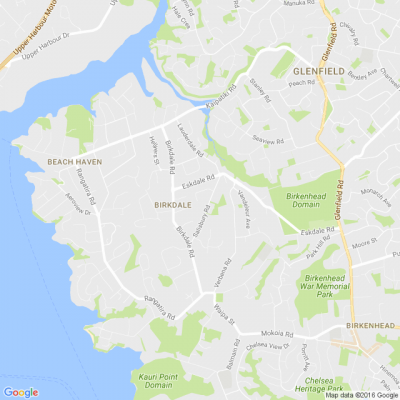






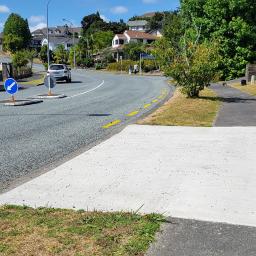

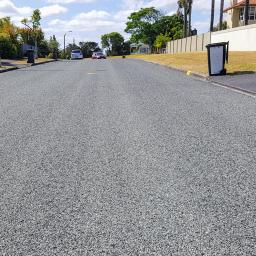
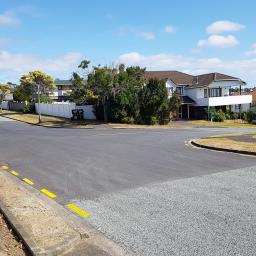
 Loading…
Loading…




